The evolution of the nuclear triad: prospects for the development of the ground component of the strategic nuclear forces of the Russian Federation
As we indicated in previous materials, throughout the newest stories The United States sought to break nuclear parity with the USSR (Russia). If they had their plan, it is highly likely that we would no longer be able to discuss the consequences of this. There are well-founded fears that the United States is still actively considering scenarios for obtaining a unilateral advantage in the field of strategic weapons for the final solution of the "Russian question".
The first milestone in this matter is the US withdrawal from the treaty on intermediate and shorter-range missiles, due to which it can be created and deployed sudden disarm weapon. This weapon it is necessary so that the missile attack warning system (SPRN) of Russia does not have time to react, as a result of which the retaliatory strike will be disrupted, and the retaliatory strike will be significantly weakened - thousands of warheads will turn into hundreds, or even tens.
The second milestone is the US withdrawal from the Anti-Ballistic Missile Defense (ABM) agreement of 1972. In the medium term, the United States could deploy a missile defense system that could theoretically intercept thousands of warheads. Such a system is guaranteed to be able to intercept hundreds of warheads, even taking into account the use of anti-missile defense systems.
How can the Strategic Nuclear Forces (SNF) of Russia evolve in order to ensure a guaranteed retaliatory strike in the medium term, for example, from 2030 to 2050?
How many nuclear charges and their carriers are needed?
At the end of the previous article on the topic, the words of the Deputy Secretary of Defense for Research and Engineering, Richard Deloyer, which he said during the Cold War era and the SDI program that, given the unlimited build-up of Soviet nuclear warheads, any missile defense system would be inoperative, are given. However, now our nuclear arsenal is limited by START III, which will end on February 5, 2021.
So how many nuclear charges can be considered sufficient? At the peak of the Cold War, the USSR and the United States together had more than 100 nuclear weapons. Moreover, at present, the total number of charges in the USSR and the USA is an order of magnitude less - about 000 units.
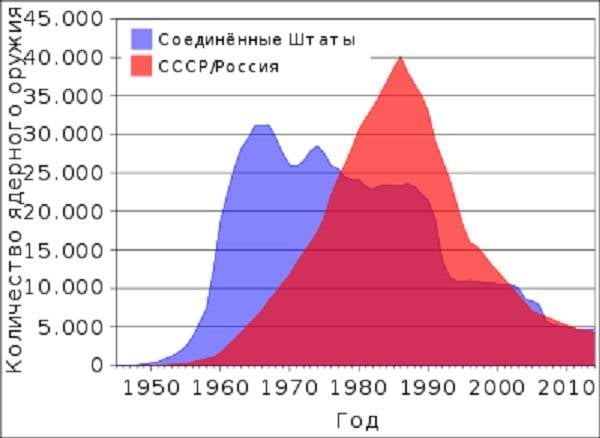
The dynamics of changes in the number of nuclear charges in the USSR / RF and USA
What criteria affect the number of charges that we need to strike back? It’s the reciprocal one, since the reciprocating one may not take place due to the application of the USA a sudden disarming strike with medium-range ballistic missiles (BRRS) or hypersonic missiles with a flight time of about 5-10 minutes, which may not be enough for the SPRN reaction.
There are two main criteria: the number of charges that will survive when an adversary strikes, and the number of charges that can then overcome the missile defense system and cause unacceptable damage to the enemy. A sufficient number of charges is disproportionately associated with a sufficient number of carriers - 1500 warheads on 1500 carriers are 3 times more difficult to destroy with a sudden disarming strike than 1500 warheads on 500 carriers. Accordingly, the type of carrier also partially determines the vulnerability of warheads to the missile defense system.
Based on this, we will first try to determine the optimal type of carriers for the ground, air and sea components of the strategic nuclear forces, based on their resistance to a sudden disarming strike.
Ground component of strategic nuclear forces
We considered in detail the capabilities and effectiveness of the air component of the strategic nuclear forces in the article Sunset of the Nuclear Triad? Air and ground components of strategic nuclear forces. In short, it can be summarized that the capabilities of the ground component of the strategic nuclear forces in the current form will gradually decrease. The exponential development of the enemy’s satellite constellations will allow it to track in real time the mobile ground missile systems (PGRK) of the “Topol” and “Yars” types, and it is possible that the military rail-missile systems (BZHRK), if the latter are nevertheless will be developed and adopted. Given the lack of resistance to nuclear shock in mobile systems, their fate becomes unenviable. At the same time, ICBMs located in stationary highly protected mines can be destroyed during sudden disarming strike high-precision warheads with a nuclear warhead.
How can a ground component evolve? Let us first consider mobile complexes.
Mobile systems: PGRK and BZHRK
In order to ensure high secrecy of the PGRK, and, accordingly, to ensure survival after the enemy inflicts a sudden disarming strike, their appearance should become indistinguishable from any civilian, widespread technique. First of all, it is about heavy-duty long cars. This decision is most justified, since it had already been worked out under the theme of PGRK 15P159 Courier with a 15Zh59 rocket.
As one of the possible ICBM carriers, the MAZ-15 truck tractor with the MAZ-159 semi-trailer was considered under the PGRK 6422P9389 Courier topic. The range of ICBM PGRK "Courier" was to be more than 10 km.
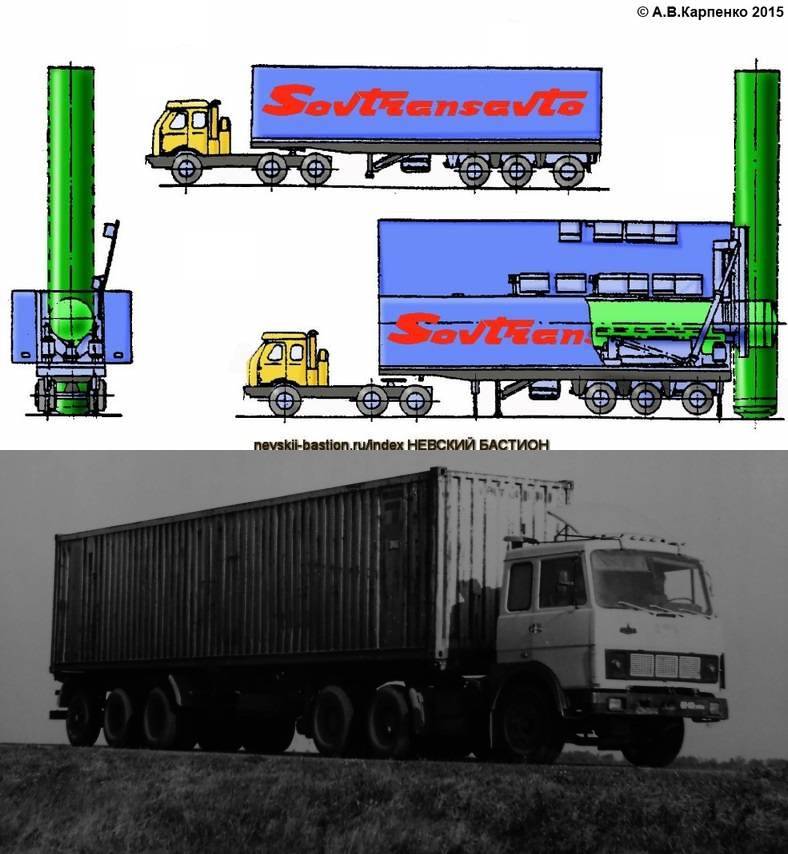
Image of the proposed Courier PGRK and the MAZ-6422 tractor unit with the MAZ-9389 semi-trailer selected as the base for the Courier PGRK
Such a complex is quite capable of being lost among many thousands of trucks on a million kilometers of Russian roads, even despite continuous tracking from satellites in real time.
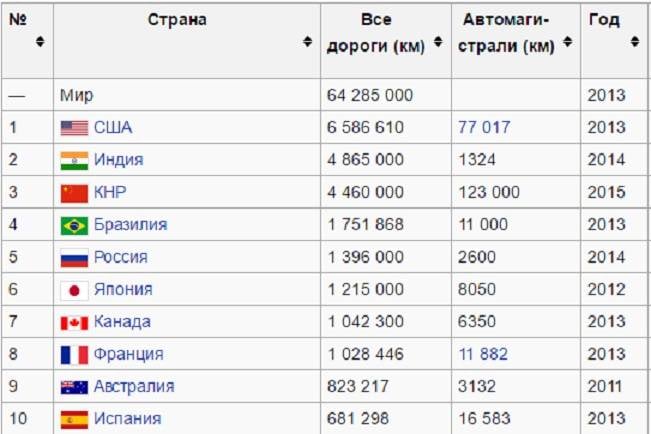
The total length of the Russian road network as of 2013 was estimated by Rosstat at 1 kilometers, including 396 kilometers of paved
At the end of 2019, there are 18 Topol-M PGRKs and 120 RS-24 Yars PGRK in the strategic nuclear forces of the Russian Federation. Accordingly, it can be assumed that they will need to deploy about 150-200 courier-type PGRKs to replace them. If there are three warheads per ICBM, the total number of nuclear warheads (NWF) on them will be about 450-600 units.
With BZHRK situation is more complicated. Despite the enormous length of Russian railways, it will be easier to track a train (train) leaving the base than one or more trucks. In addition, it is likely that the enemy’s reconnaissance structures can lay specialized reconnaissance and signaling devices (RSP) in the ground near the railway, which can detect signs of the presence of a nuclear charge in the train — for example, weak radioactive radiation, or specific ground vibration due to suspension features, electromagnetic radiation. To implement the same thing on public roads is much more difficult because of their much greater branching, compared with railways.
On the other hand, the railroad track is better controlled and maintained compared to public roads i.e. bookmarks can be timely detected, destroyed or altered. The train itself can accommodate several dozen ICBMs + auxiliary units and security forces, which makes it comparable in combat power to a nuclear ballistic missile submarine (SSBN).
Article Strategic conventional forces: carriers and weapons considered the possibility of creating a non-nuclear BZHRK designed to deliver massive strikes with precision weapons with a non-nuclear warhead. The best option would be to create a version of the BZHRK, in which the chassis of wagons carrying weapons, security wagons, heat and electric locomotives, navigation, communications and so on could be unified. Detection by an adversary of BZHRK with ICBMs will be significantly more difficult for the adversary if a similar amount of BZHRK with high-precision conventional carriers will be deployed.
The projected Barguzin BZHRK was supposed to have 14 cars, of which only three were supposed to be with ICBMs.
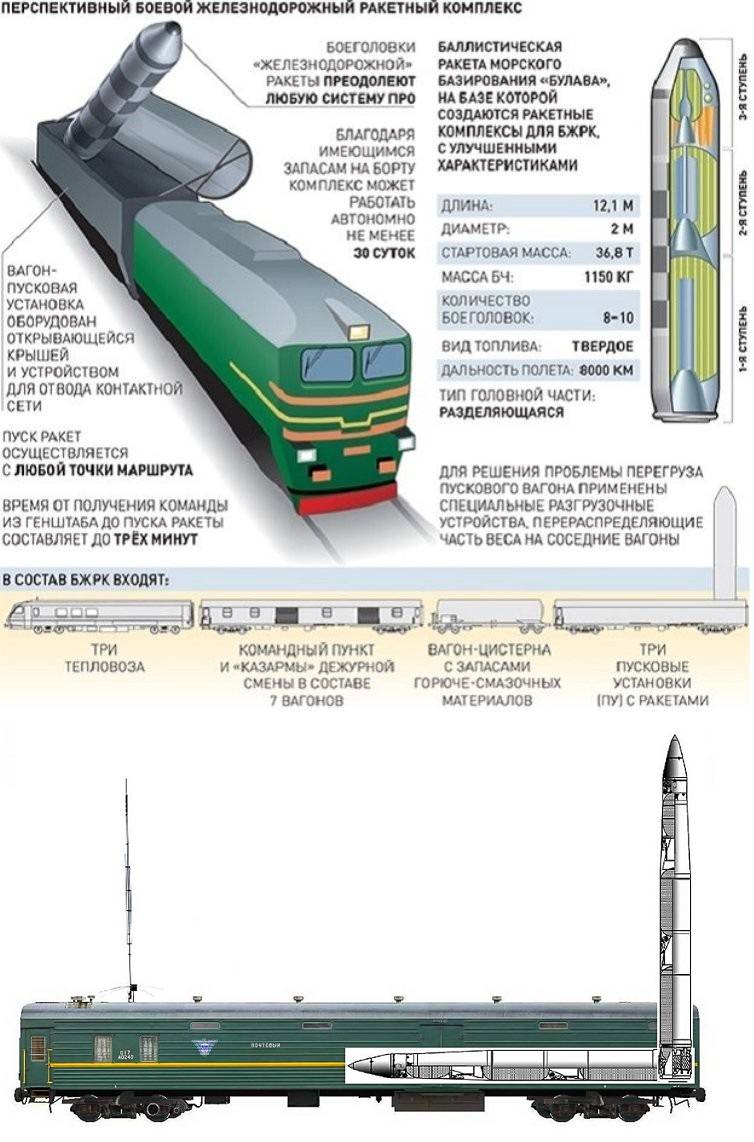
Infographics BZHRK "Barguzin"
The mass of Yars ICBMs is about 47 tons, for a promising missile this mass may be even less. The carrying capacity of modern railway cars is an average of 70 tons - most likely this will be enough to accommodate ICBMs and a lifting and launching device for it. The total mass of such a freight car is about 100 tons. Since the beginning of 2017, 88,7 thousand trains weighing from 6000 to 8050 tons and 3659 trains weighing more than 8050 tons were carried out on the Russian Railways network.
According to another source, a standard train can include up to 110 freight cars, on average about 75 cars, which is completely correlated with the above data on the mass of cars and railway trains.
To increase the efficiency of camouflage, the BZHRK by the number of cars should be comparable with the most common railway trains. Even if approximately half of the 75 cars are auxiliary, this is up to 35-40 ICBMs per train. 3 warheads per missile - there will be 105-120 nuclear warheads per one BZHRK. For 10 compositions, 350-400 carriers or 1050-1200 nuclear warheads will fall.
Of course, an increase in the number of carriers on one BZHRK increases the risk of their destruction by the first blow, but here we can give an analogy with SSBNs. If for SSBNs it makes sense to reduce the size, to reduce the likelihood of its detection, then the BZHRK is logical to disguise as the freight trains that are most common, and these are freight trains of 75 wagons. To reduce the visibility of the BZHRK, auxiliary cars can be masked, for example, fuel cars like acid tanks, security and control cars for “hopper” freight cars. At the basing point or nodal points of the route, it is possible to reconnect the cars to distort the radar and optical signature of the BZHRK.
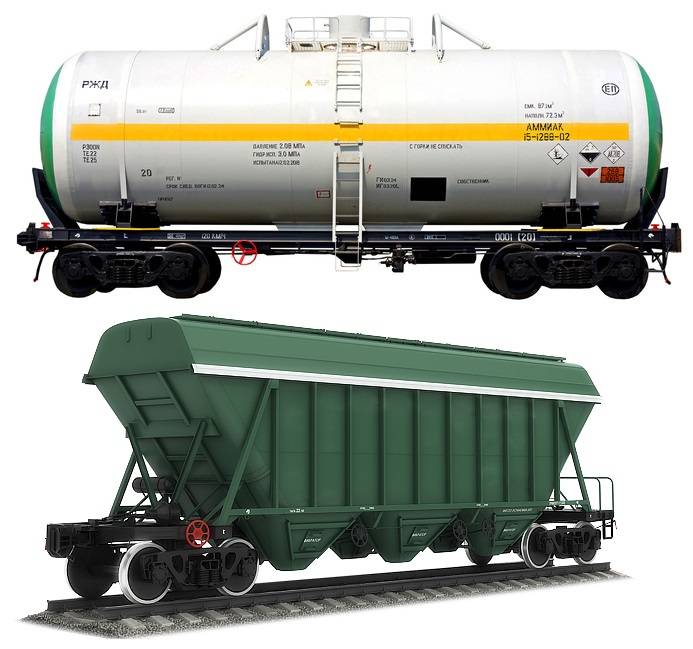
Wagon for transportation of chemically active substances and hopper car
What are the main disadvantages of PGRK and BZHRK? First of all, it is the fact that the enemy’s lack of information about their location will lead to the logical assumption that they are hidden in places where trucks and trains are concentrated, which in turn can be located near large settlements. Thus, there is a risk of exposing the civilian population to a sudden disarming strike by the enemy, which in any case will be delivered using nuclear warheads.
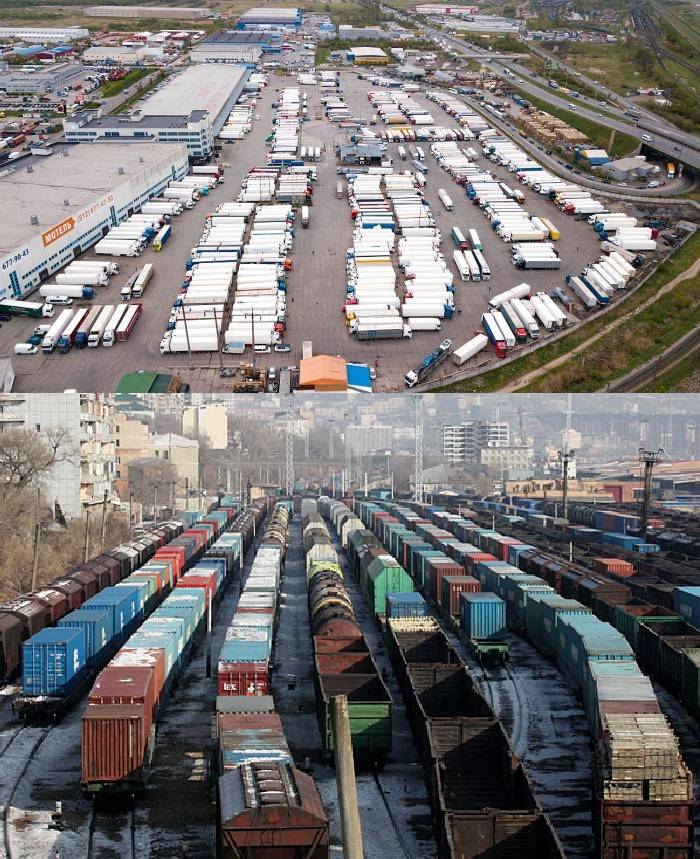
Truck parking and train parking
The second drawback is reduced anti-terrorism security, and for truck-based PGRCs there is also an increased risk of a regular car accident. However, these issues can most likely be resolved by the competent organization of routes, special security and the presence of quick response groups.
ICBM Mine Missile Systems
The main advantage of silo-based ICBMs is their almost complete invulnerability to conventional weapons. At least from the existing one. Theoretically, in the distant future, the defeat of protected mines can be realized. non-nuclear kinetic warheads launched from space from maneuvering orbital spacecraft or by hypersonic weapons. But such weapons are unlikely to be created in quantities that could pose a threat to strategic nuclear forces in the next few decades.
However, if it is nevertheless created, it will require the adoption of radical decisions to ensure the capabilities of the strategic nuclear forces to strike back, which we will return to in another article. In the meantime, we will believe that only a high-precision nuclear charge can ensure guaranteed defeat for a protected missile mine in the United States.
What does this tell us? Yes, considering the agreements on the limitation of strategic offensive arms, and the deployment of all nuclear weapons of the Russian strategic nuclear forces in highly protected mines, at the rate of 1 nuclear warhead per carrier, a U.S. surprise disarmament becomes impossible. To do this, they must concentrate their entire nuclear arsenal at a distance of no more than 1-2000 km from the locations of Russian mines with ICBMs (to ensure the surprise of the strike), and spend on their destruction all of their rapidly deployed nuclear units. It should be borne in mind that to destroy one ICBM with a probability of 3000, two W-0,95 charges with a capacity of 88 kilotons are needed. However, if there is a missile defense, the United States can take the risk and use one W-475 warhead per mine ICBM, with a probability of destruction of 88.
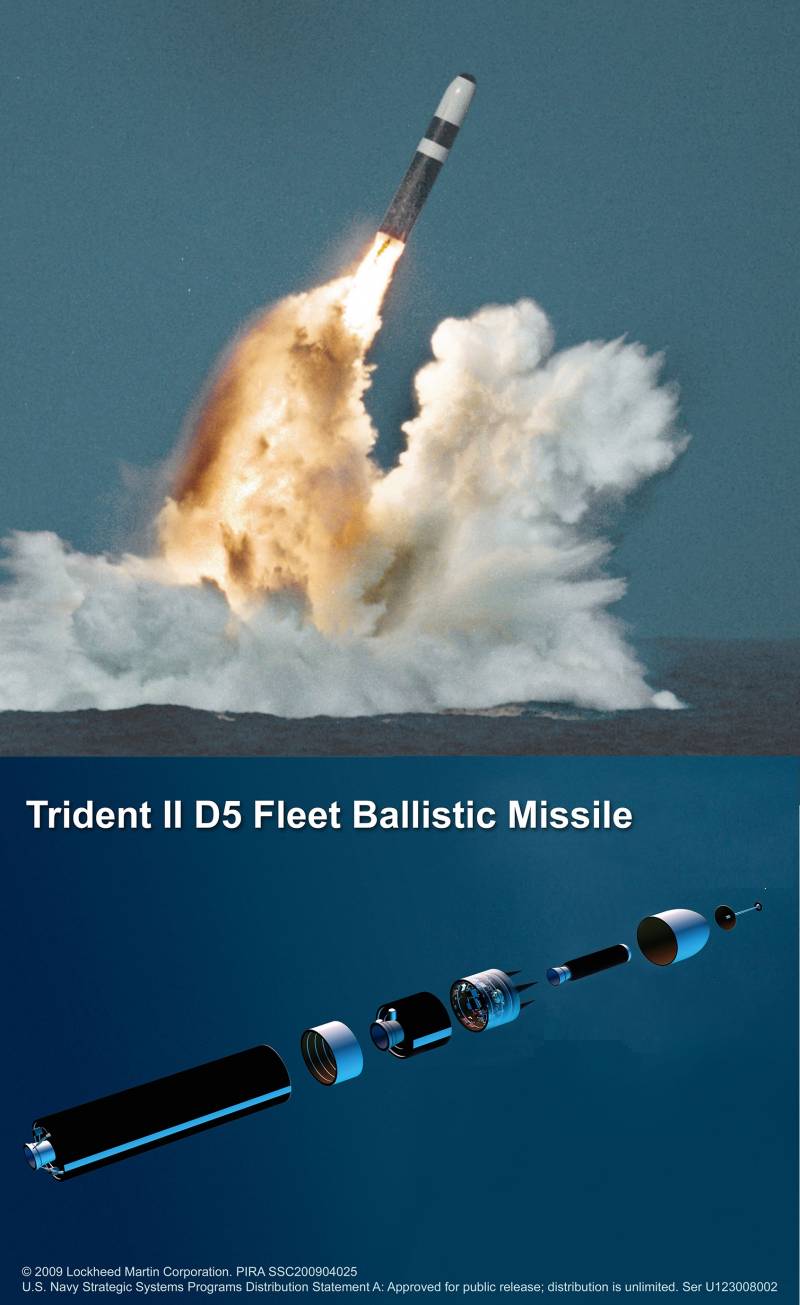
One UGM-133A Trident II missile can carry up to 8 W-88 warheads with a capacity of 475 kilotons or up to 14 W76 warheads with a capacity of 100 kilotons
Of course, no one will do it. Even if we assume that not all mines will be hit, and some of the Russian missiles will be able to take off, but they will be intercepted by the US missile defense system, there is a far non-zero risk that the same China will inflict a nuclear strike on the disarmed USA, which will understand what will happen next after Russia the target. There is really one trick that the United States may resort to. For example, under the agreement (START IV?), Deploy carriers with a reduced number of warheads, and then increase their number due to the return potential - nuclear warheads located in storage facilities.
Based on this, in order to increase the survival of the Russian strategic nuclear forces against the threat of a sudden disarming strike, the US strategic nuclear forces should have more targets than they can cover with their warheads. How to implement this?
One of the methods is the creation of a unified ICBM such as YRS, which will be the same for mines, PGRK and BZHRK. Something like a missile complex "Courier" at a new technological level.
The number of nuclear warheads on a promising ICBM should be no more than three, and ideally one nuclear warhead per carrier. In the second case, the place of two nuclear warheads should be taken by heavy false targets, which include active means of breaking through missile defense. Unfortunately, in the end, everything depends on the cost of creating media. Nevertheless, the difference between 500 ICBMs with three nuclear warheads and 1500 ICBMs with one nuclear warhead will be noticeable, not to mention the large ratios.
Another way is to implement measures to create an excess of silo launchers (silos). At the same time, on one ICBM with three nuclear warheads there should be two spare operational silos, with all the means of protection. You can argue that it will be prohibitively expensive? This is an open question, since the prices for ICBMs, NFCs and silos are reliably unknown, everything has to be considered with a certain amount of speculation. After all, silos for ICBMs are an extremely long-term investment.
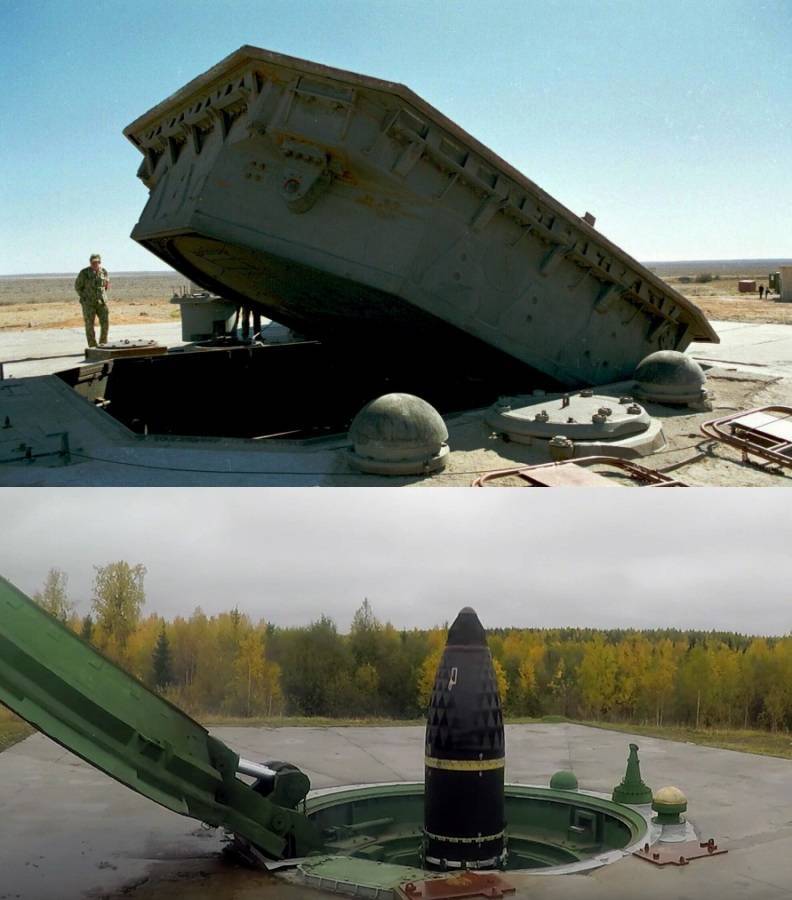
The cover of the launch shaft of the R-36M missile and the exit from the silos of the Topol-M ICBM
Reserve silos should be placed at a distance that excludes their defeat of one enemy nuclear warhead. Installing ICBMs in silos or changing silos should be carried out under the cover of smoke screens containing aerosols that impede the operation of optical, thermal and radar means of satellite intelligence of the enemy.
Reserve silos do not have to be empty. They can accommodate appropriately modified launchers (launchers) of anti-aircraft missiles or missile defense, which in this case will be fully protected from conventional weapons. From time to time a “thimble game” may be carried out, with the rearrangement of containers with anti-ballistic missiles and ICBMs from mine to mine, under the cover of a smoke screen, which will further confuse enemy intelligence.
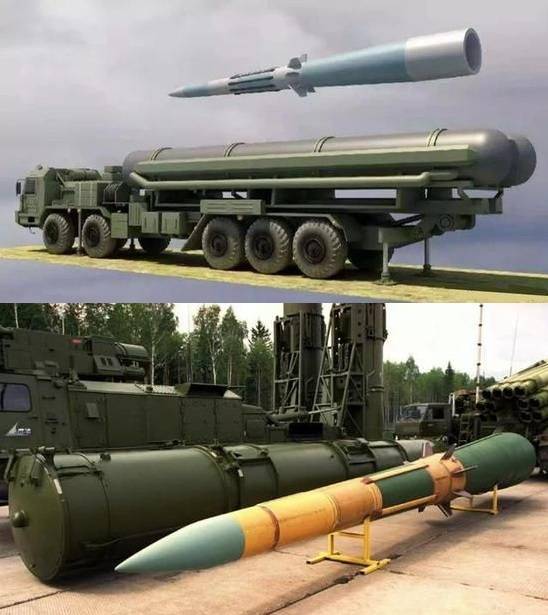
Missile defense can be placed in silos in containers visually similar to ICBMs
The next factor of unmasking should be false shafts, which are a complete visual imitation of the silo cover. To ensure the concealment of their essence, the construction of both real and false mines should be carried out in a similar way, for example, under fast-erected hangars, while it is necessary to simulate the movement of special equipment and the movement of personnel.
What should all this lead to? Moreover, the United States is highly likely to be unable to find out which mine the real ICBM is located in, even if over time they can weed out the false mines. This means that to destroy 900 nuclear warheads in 300 Russian ICBMs with a probability of 0,95, the United States will have to spend 600 nuclear warheads if they know exactly the silos with real ICBMs. Or 1800 nuclear warheads, in case they cannot determine which of the three reserve mines the ICBMs are currently located. The presence of false shafts will make the task of delivering a sudden disarming strike even more difficult.
How will START IV be respected in terms of the number of deployed charges, if any? We negotiate home areas with the USA. Only one or two roads lead to each district; at the entrance to the United States, they can control the number of missiles and warheads under the agreement - they can even set up a stationary post. And in the most closed territory, they have nothing to do, which will save the intrigue with the placement of ICBMs in a particular mine.
What most likely does not need the ground component of the strategic nuclear forces of the Russian Federation is heavy missiles to replace the RS-20 ICBM Voevoda (Satan), that is, the Sarmat ICBM currently under development. Complicated, expensive, with a large number of nuclear warheads on one ICBM, they will be a priority for the United States in the course of their application sudden disarming strike. According to RBC insurance for one launch of Topol or Yars ICBMs is about 295 thousand rubles, and insurance for one launch of the promising Sarmat ICBM will cost more than 5,2 million rubles. Even taking into account the fact that Sarmat ICBM is a new development, and insurance rates for it are probably overstated, the difference is 18 times impressive. Hopefully, in terms of the cost of the products themselves, the difference between Yars ICBMs and Sarmat ICBMs will not be so enormous.
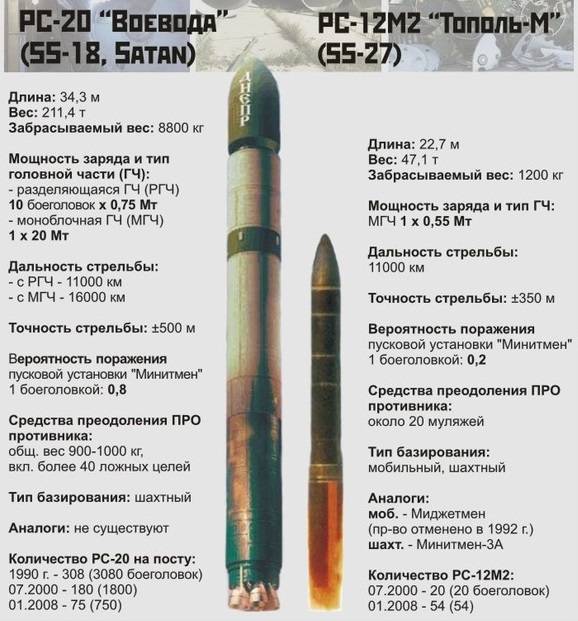
ICBM “Voevoda” (“Satan”) and ICBM (Topol-M). The sizes of Sarmat ICBMs and Yars ICBMs will also be roughly correlated
Conclusions
Speaking about the ground component of the strategic nuclear forces, it can be assumed that ICBMs in highly protected silos will have the maximum probability of sustaining a sudden disarming strike, provided that one carrier (ICBM) is available for one nuclear warhead, or the real situation of ICBMs with three nuclear warheads is unclear due to the construction of reserve and false mines, as well as the subsequent rotation of ICBMs between reserve mines under cover of camouflage means. The most practical solution would be to deploy two nuclear warheads and one heavy missile defense penetration weapon on one ICBM, with the creation of at least one reserve mine for each ICBM. In this case, it is possible to increase the nuclear potential by 1/3 as soon as possible by placing the return potential on the ICBM - the third nuclear warhead.
The mobile ground component of the strategic nuclear forces can remain in demand only if the PGRK is created, indistinguishable from civilian trucks. At the same time, the risks relative to the PGRK will in any case be higher, since if its location is disclosed, it can be destroyed by both nuclear and conventional weapons, as well as reconnaissance and sabotage groups, which is almost impossible for ICBMs in highly protected silos.
The creation of the BZHRK is an even more risky task, since the railway network is much less extensive and extensive in comparison with the road network. In addition, railway trains of 75 wagons are optimal from the point of view of secrecy. On the one hand, this allows them to carry about 35-40 ICBMs with 105-120 nuclear warheads, which makes the ALCC comparable in firepower to SSBNs, on the other hand, this allows the enemy to cover the same 105-120 nuclear warheads with just one of their nuclear warheads. And the visibility in the radar range of the railway train of 75 cars may be too high, which will allow the enemy to track the BZHRK in real time immediately after leaving the base. Also, a strike on the BZHRK can be inflicted by conventional forces and / or enemy reconnaissance and sabotage groups.
Based on the foregoing, it can be concluded that the most promising deterrent, in terms of the ground component of the strategic nuclear forces, should be promising unified solid-fuel ICBMs in protected silos, with an excess of deployed reserve silos. Their relative amount in the ground component of the strategic nuclear forces can be 80-95%.
The reserve mines should be equipped with missile defense systems to defeat the enemy’s space echelon and missile defense.
The second element of the ground component of strategic nuclear forces should be PGRK disguised as trucks, which will be extremely difficult to track even with advanced satellite reconnaissance capabilities capable of operating in real time. The advanced PGRK missile should be unified with ICBMs deployed in silos. Their relative amount in the ground component of the strategic nuclear forces can be 5–20%.
The basis for a single unified ICBM of the ground component of the strategic nuclear forces of the Russian Federation can be a product based on the 15Zh59 missile, which is being developed as part of the theme for the creation of the PURK 15P159 Courier.
In the next article, we will consider the possible directions for the evolution of the air and sea components of the strategic nuclear forces of the Russian Federation, evaluate which component of the strategic nuclear forces is most optimal in the medium term, and see what can be saved.
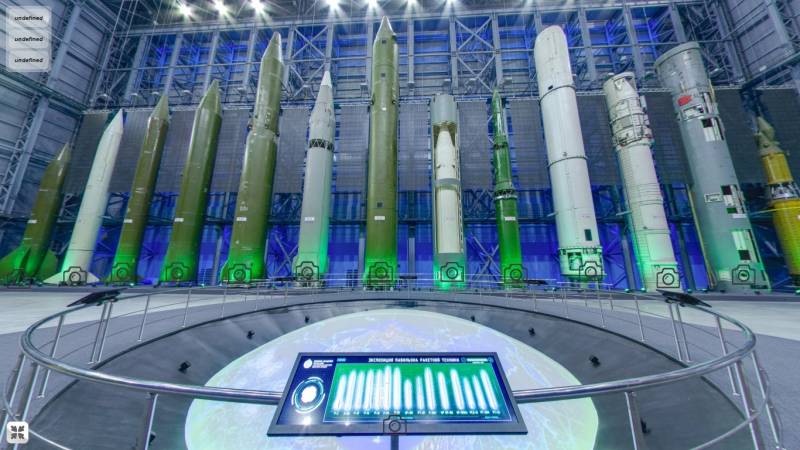
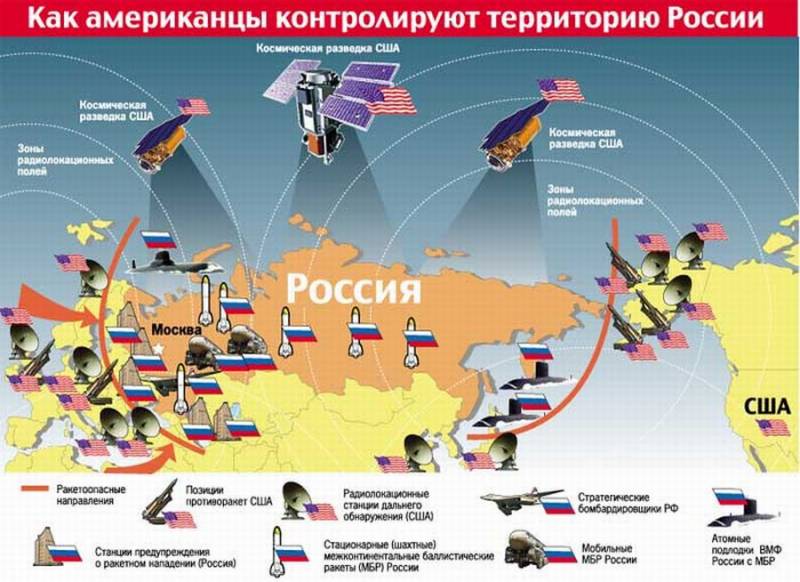

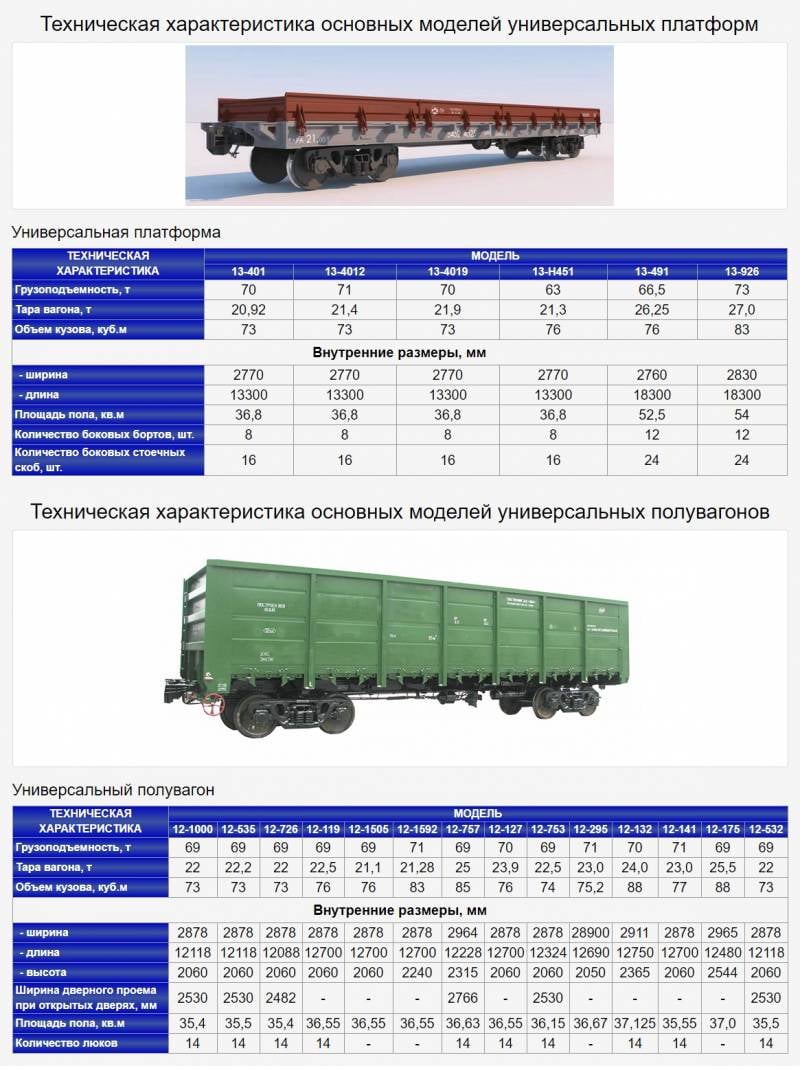
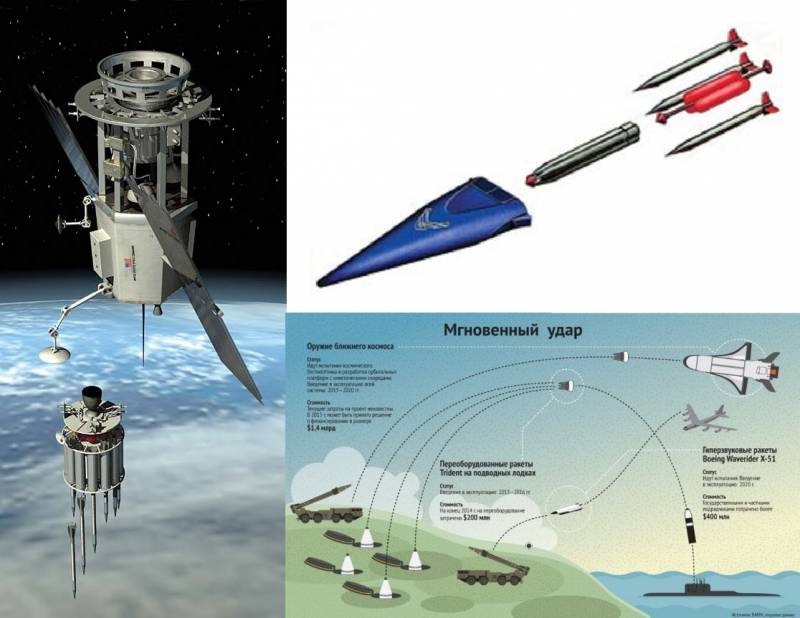
Information